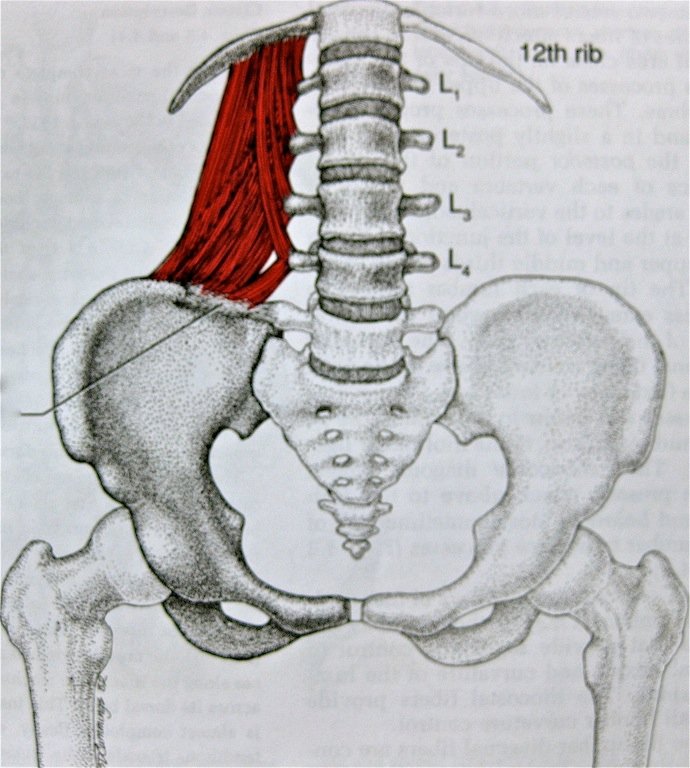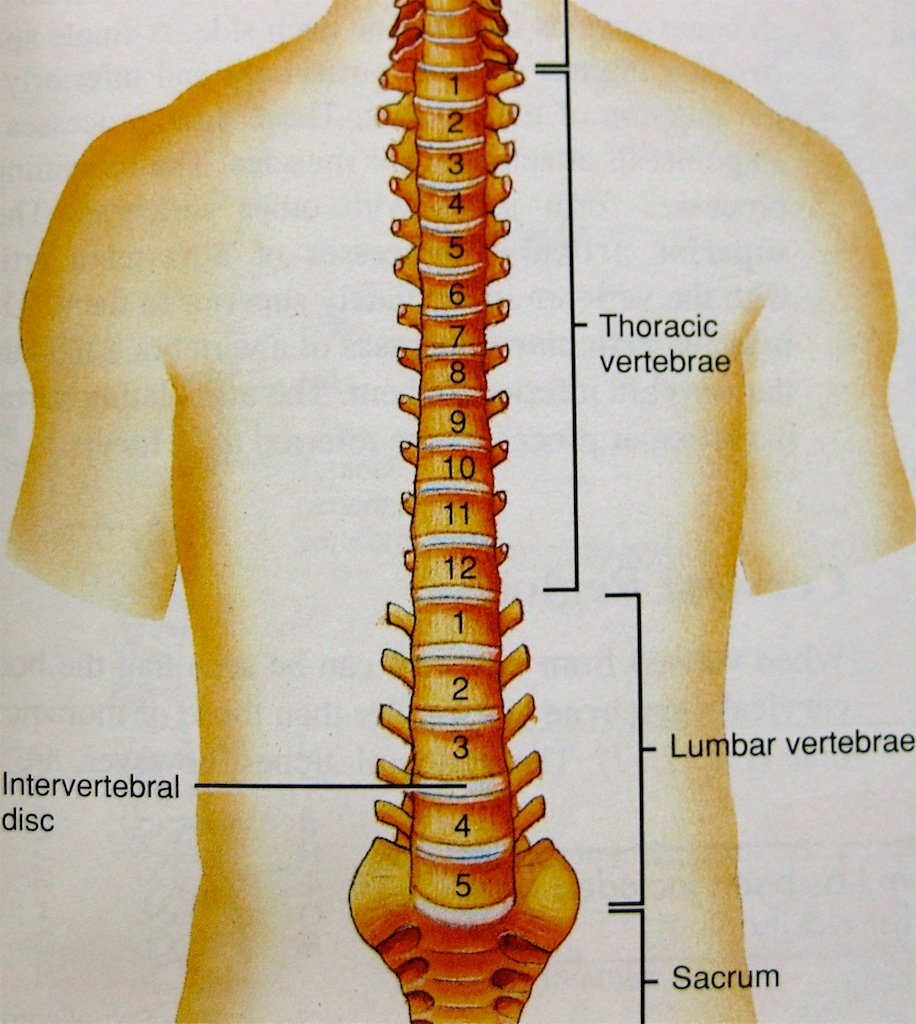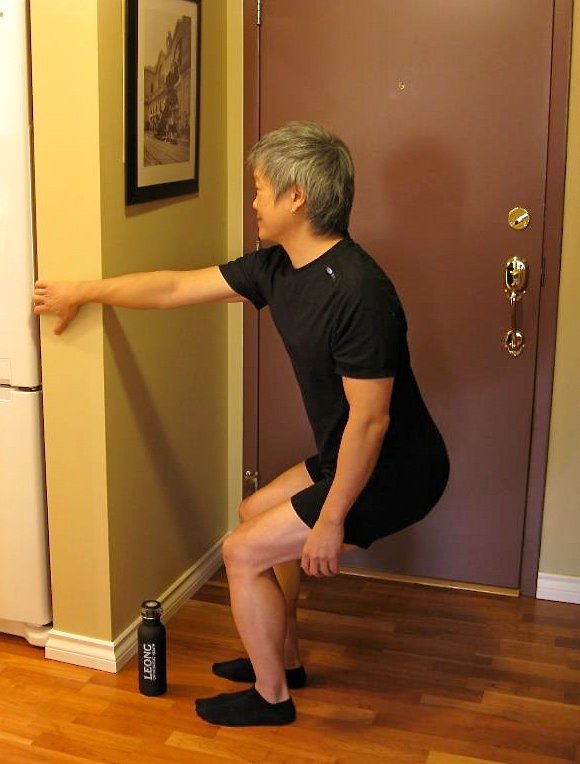Suffering From Lower-back Pain?
According to the National Institute of Neurological Disorders and Stroke, 80% of adults will at some point in their lives suffer from lower-back pain.
That pain can be experienced anywhere from a chronic dull throbbing ache, to a sharp “take your breath away” stab in the lower back. Either way, lower-back pain can render you incapacitated.
For most, that pain means the muscles of the lower back are spasming. So, in order to feel better:
- Rest
- Apply heat (heating pad or hot bath)
- Massage therapy
- Stretch gently
- Wait
Eventually, your lower-back muscles will release.
Unfortunately, the underlying cause still exists. Therefore, almost certainly your lower-back pain will return. Every time your lower back spasms, a little more damage (possibly permanent) will occur.
What Damage Can a Lower-back Muscle Spasm Do?
- When muscles are tight for extended periods, circulation can be disrupted, causing muscle tissue to die. Dead muscle is replaced with scar tissue. Inelastic scar tissue further hampers movement.
- Lower-back muscles are attached to the vertebrae. When muscles tighten (spasm), the discs in between get squeezed and can suffer damage. Eventually, the discs can herniate and press onto the nerves. Ouch!
- Bone spurs can develop on the vertebrae and can press onto the nerves. Ouch!
Wouldn’t it be better to deal with the underlying cause as soon as possible?
What if your lower-back pain isn’t really about your lower back? What if there’s an underlying cause elsewhere in your body and your lower-back spasm is simply a consequence? Wouldn’t you like to eliminate the underlying cause so that your lower-back pain is banished forever?
Four Common Underlying Causes of Lower-back Pain
This article is about tight hip flexors causing lower-back pain. There are three other common causes covered in the three following articles:
We’ve chosen these four problems because clinically, it’s what we see most often. These four simple fixes have brought the most success to our patients with lower-back pain.
Tight Thoracic Spine (upper back)
Your upper back is stronger than both your neck and lower back because your rib cage has a stabilizing effect. This also means flexibility is limited. If your upper-back muscles tighten, movement between the vertebrae is limited even further.
What Tightens the Upper Back?
- Sneezing or coughing for an extended period.
- Poor posture.
- A common occurrence with a natural flat upper-back posture (hypokyphosis).
Your spine is a column of bones, discs, muscles, and fascia that bends, twists, and rotates with every movement. If one section of your vertebral column is tight, the rest of the column will have to move more aggressively for you to complete the motion.
If your upper back is tight, twisting, bending, and reaching requires more movement from the lumbar spine (lower back). The lower-back muscles spasm as a protective mechanism. Muscle spasms hurt!
Thoracic Spine (upper back) Stretch
Stretching your tight upper back will provide relief to your overworked lower back.
- Feet shoulder width apart. Stand a foot away from the door jam.
- Grasp the door jam with your arm below horizontal and your palm facing away from your body.
- Bend your knees and sit back until you feel a slight stretch in your upper back on the same side.
- Hold for one minute (by the clock) on each side.
- Stretch one side at a time.
Warning: if you have hyperkyphosis (hunch back) in your thoracic spine, please do not do this stretch. It will cause further problems.
No body is the same as another. Bone structure differs, requiring muscles, tendons, and ligaments to be different lengths and attach at varying angles. To gain the most success, pay close attention to how each exercise feels.
– LEONG Orthopaedic Health
personal training
by appointment only. Please email:
LeongOrthopaedicHealth@gmail.com
If you like this article, please share it!
All rights reserved; no part of this publication may be reproduced or transmitted by any means, electronic, mechanical, photocopying or otherwise, without prior permission. Copyright 2015




